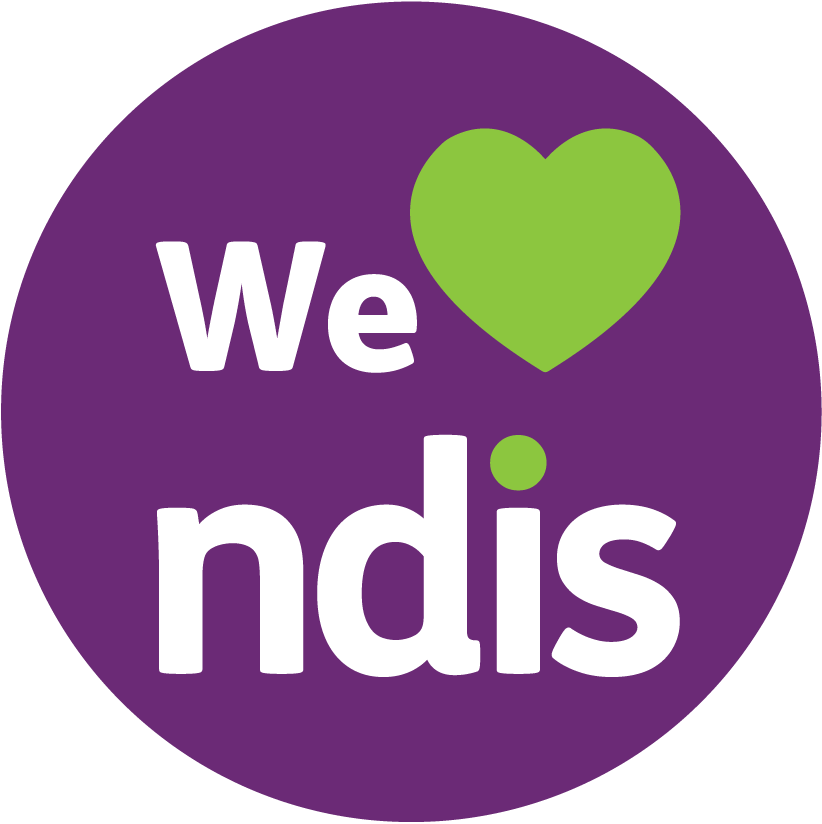NDIS plans and budgets help with everyday needs and both short-term and long-term goals. Sometimes, the NDIS supports people living with disability through assistive technology funding.
Assistive technologies are innovative tools, systems, and devices that increase independence, improve communication, and promote wellbeing. With so many technologies available, it’s worth reviewing the options that may work for you or your loved one.
Here’s our round-up of the assistive technologies that can enrich the lifestyles of NDIS participants. We’ll also discuss NDIS funding for these supports.
Assistive technology under NDIS funding
The NDIS defines assistive technology as ‘equipment or devices that help you do things you can’t do because of your disability.’ As with all other NDIS supports, assistive technology must meet the reasonable and necessary criteria in order to be funded. This means the support or service:
- Needs to be related to a participant’s disability
- Can’t include day-to-day living costs unrelated to the disability support needs
- Needs to represent value for money
- Is likely to be effective for the participant
- Should be considered alongside support given by other government services, as well as the individual’s family, carers, and wider community
Assistive technologies slot into a participant’s plan, complementing other support services and strategies.
If you’ve got assistive technology funded in your NDIS plan, our team of Support Coordinators and Psychosocial Recovery Coaches can help you make the most of it. NDIS participants who require assistive technology but don’t have the right funding can request a plan review. This is something that a Support Coordinator or Psychosocial Recovery Coach can support you to achieve.
What are assistive technologies?
Assistive technologies all have one thing in common: they help to maintain or improve an individual’s ability to function with independence. Many different types of assistive technologies exist, including wheelchairs, hearing aids, communication aids, prostheses, pill organisers, and memory aids. Rapidly evolving smart devices also help people navigate their everyday world with increased ease and accessibility.
Assistive technology #1: Communication aids
Communication aids are one of the leading forms of assistive technologies for people whose communication is impacted by their disability. Examples include augmentative and alternative communication (AAC) devices, software that enables speech-to-text communication, and electronic communication boards. These technologies create opportunities for them to express their ideas, thoughts, and emotions with others.
Assistive technology #2: Mobility devices
Mobility devices are transformative for those whose disability impacts their movement. Wheelchairs, mobility scooters, and walking aids all play a crucial role in assisting NDIS participants to navigate their surroundings, engage in community events, and move through daily life with greater independence.
Assistive technology #3: Assistive listening devices
For individuals with hearing impairment, assistive listening devices are integral to communication and daily life. Hearing aids, cochlear implants, and personal amplifiers will likely qualify for NDIS support funding. Assessing whether or not an assistive listening device could be the right tool for your loved one can be a powerful step towards boosting their independence.
Assistive technology #4: Smart home technology
Smart home technology is revolutionising the way we engage with our homes. It also offers innovative ways for people living with disability to perform a range of everyday tasks and activities. Many NDIS participants find that smart home technology has greatly improved their autonomy and independence.
Smart home technology includes voice-activated assistants, automation systems, and environmental control devices. These tools allow people to control many aspects of their home environment, providing easy ways to adjust lighting, temperature, and other settings. Plus, smart home technology offers many opportunities for personalisation and integration with other tools, often able to be tailored to unique needs.
Assistive technology #5: Personal care and safety devices
Assistive technologies also take the form of personal care and safety devices. Not only can this protect the wellbeing of an individual living with disability, but it also offers peace of mind both to them and their loved ones.
For instance, personal alarms enable a person who may otherwise be unable to summon emergency services to call for help. There are also medication reminders to support the development of regular medication routines, which can be important for medication efficacy. Lastly, fall detection systems can be customised to alert loved ones or emergency services in the event of a fall.
—
Assistive technology is a great option for people living with disability. It can improve autonomy, safety, accessibility, and lifestyle satisfaction. Be sure to evaluate the assistive technologies that could work for you or your loved one and explore opportunities for NDIS funding for these.
—
Enhanced Lifestyles’ team of Support Coordinators and Psychosocial Recovery Coaches can help you access assistive technology through the NDIS. Contact us to find out more.







